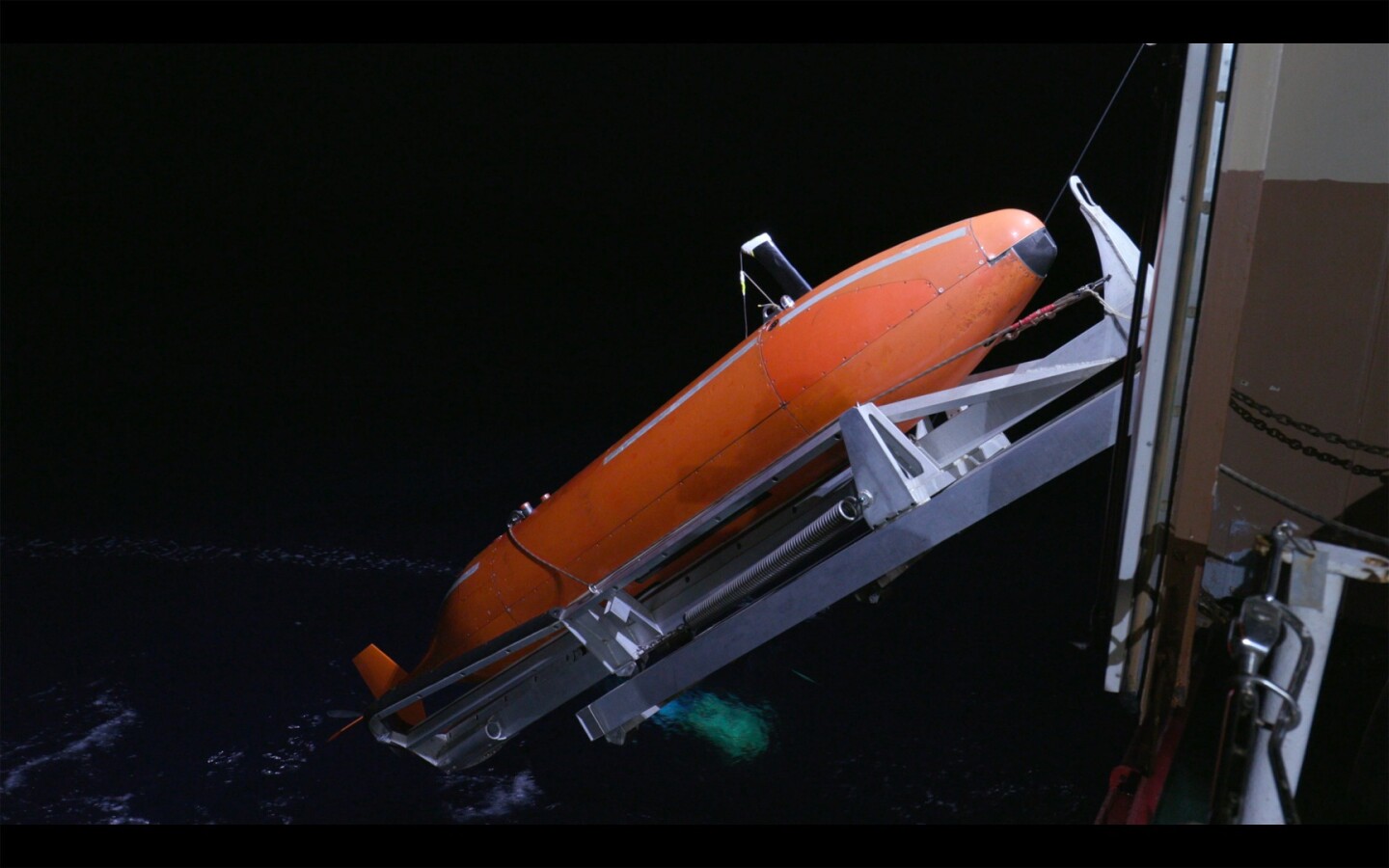After 103 years, a robotic submarine has found the wreck of Australia's first submarine. Operating from the survey vessel MV Fugro Equator, the autonomous underwater vehicle Hugin 1000 discovered the 800-ton HMAS-AE1 this week off the coast of the Duke of York Island group in Papua New Guinea. The sub was found in 300 m (980 ft) of water using an advanced side-scan sonar system in a joint exercise by the Royal Australian Navy (RAN) and civilian search teams.
HMAS-AE1 was an E-class submarine built in England by Vickers Armstrong at Barrow-in-Furness starting in 1911. She was commissioned as the first submarine in the RAN in February 1914. Unfortunately, in the early weeks of the First World War she collected two other unwanted firsts when she disappeared along with her crew of 35 British, Australian, and New Zealander sailors off Rabaul, Papua New Guinea on September 14, 1914 – making her the first loss by the Australian Navy and the first Allied submarine casualty of the war.
After the initial searches found no trace of the boat, no concerted effort to find AE1 was made until the 1970s. Since then, there have been several attempts, including a magnetometer search by Jacques Cousteau, but none have been successful until now.

The latest search was funded by the Australian government and the Silentworld Foundation, with help from the Submarine Institute of Australia, the Australian National Maritime Museum, Fugro Survey, and the Papua New Guinea Government. Along with its sophisticated surveying equipment, the MV Fugro Equator carried a team of maritime surveyors, marine archaeologists, and naval historians.
But key to the enterprise was the Hugin 1000 robotic submarine. Operating under remote control or autonomously, it is capable of operating at a depth of up to 3,000 m (9,800 ft) without human intervention for up to 100 hours as it cruises at a speed of four knots (4.6 mph, 7.4 km/h). It's equipped with a High Resolution Iterferometric Synthetic Aperture Sonar (HISAS), an EM2040 multi-beam echo sounder, side-scan sonar, sub-bottom profiler, still image camera, turbidity sensor, and Acoustic Doppler Current Profiler (ADCP).
According to the Navy, the Hugin was traveling at 40 m (130 ft) above the seabed on a pre-programmed 20-hour mission when its multi-beam echo sounder and side-scan detected an "object of interest," which on closer inspection was confirmed as AE1. Images returned to the surface by a tethered camera indicate that the submarine, though heavily damaged, is well preserved and in one piece.

After the identity of the submarine was confirmed, a small commemorative ceremony was held aboard the Fugro Equator and the Navy says that the descendants of the crew will be contacted, if possible. Because the AE1 is still the property of the Australian government and an officially designated war grave, it's exact position remains classified.
Source: Royal Australian Navy





















